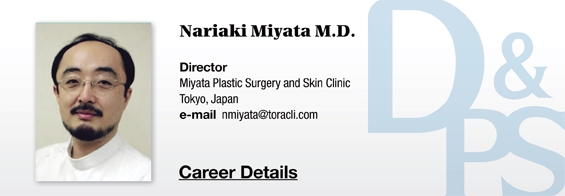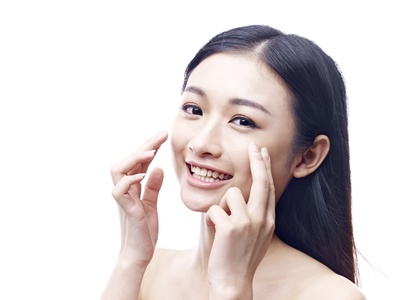

Picosecond Laser Toning Opens a New Chapter of Melasma Treatment
In Japan, many aesthetic salons offer IPL procedures performed by unlicensed individuals. Doctors are against the idea of unlicensed people performing a medical procedure but the legality of this issue is rather complicated. Many IPL devices are legally purchased by aesthetic salons. As I have pointed out many times already, this is one of the biggest problems in the Japanese medical aesthetics market.
Besides Laser or IPL, conventional methods such as chemical peeling and iontophoresis are also used in melasma. These methods are ineffective in distinct lesions but can effectively improve light lesions or overall skin tone.
Discussions on the best treatment method of melasma continues. Melasma has mostly congenital causes but is also affected by external force (such as excessive scrubbing of the skin), UV exposure, stress or hormonal imbalance. One famous Japanese doctor argues that forceful rubbing of the skin is the main cause of melasma which can only be improved by pausing all skincare routines and focusing on treatment. This doctor is one of the most vocal opponents of Laser toning.
[Advertisement] FCR® (Fractional Prickle CoralCalcium Regentron) – Manufacturer: (www.illglobal.com)]
In Japan, inexperienced non-specialists have uniformly performed Laser toning in all types of melasma due to aggressive marketing by a manufacturer, which caused a high rate of hypopigmentation and a social problem. This led to a widespread mistrust of Laser toning. And not enough scientific data on the safety and benefits of Laser toning have been established to counter the criticism. Many doctors still do perform Laser toning in Japan but manufacturers are having a hard time dissipating the strong negative public opinion. Controversy on this matter is expected to continue.
Many new studies on Laser toning are being published in Korea. I hope significant results are released to dissipate the negative opinions on Laser toning in Japan. Melasma in Caucasians differ greatly in pathophysiology from that in Asians and the Japanese doctors can only rely on data gathered in Asian populations.
The guidelines recommend special skin care and oral tranexamic acid for treatment of melasma. Topical hydroquinone and tretinoin are often combined. If this is ineffective for 2-3 months, Laser toning is recommended. About 20-30% of patients do receive Laser toning, indicating that the majority of the patients respond well to the topical and oral therapy. Correct skin care methods can also significantly lower the recurrence and worsening.
Picosecond Lasers were recently introduced. The Laser toning using this new Laser is called “pico toning” and is rapidly becoming very popular. A very quick pulse duration allows minimal photothermal action and can effectively clear melasma as well as brighten the overall skin tone. It was shown to be effective in café-au-lait spots as well and seems to have a new mechanism of action on abnormal melanocytes. The picosecond Laser is expected to open a new chapter in the area of melasma treatment. However, the number of picosecond Laser devices imported in Japan still falls behind that in Korea or Taiwan.
-To be continued




















